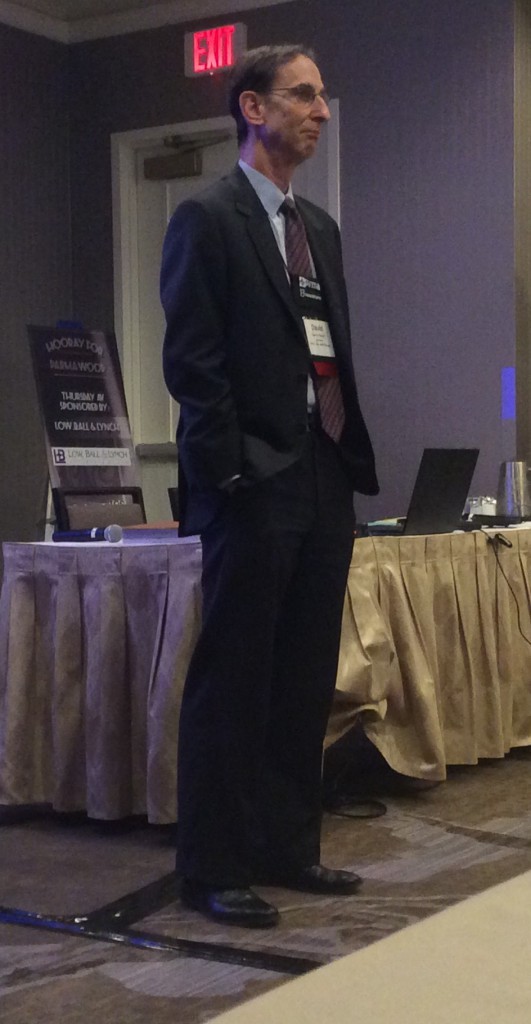Defending California Peace Officer Presumption Claims
At the 2016 PARMA Conference, David Parker, an attorney with Parker, Kern, Nard & Wenzel, discussed the strategies around defending peace officer presumption claims in California.
Under California law, certain “peace officers” and first responders as defined by the statutes receive a presumption of compensability for certain conditions. Defending such cases can be extremely challenging because, absent other evidence clearly demonstrating an alternative cause, the condition is presumed to be caused by work.
The presumption laws in California cover the following:
- Hernia, Heart and Pneumonia – Police, firefighters. Does not include prison guards.
- Cancer and Leukemia. Includes prison guards. Must demonstrate known carcinogenic exposures. See https://monographs.iarc.fr for more information.
- Tuberculosis – Same as cancer, must demonstrate exposure.
- Blood-Borne Infectious Disease – firefighters and peace officers.
- Biochemical Substances – Includes any agent that could be used as an agent of mass destruction.
- Meningitis – Very rare to see a claim for this.
- Skin Cancer – Police, firefighters and lifeguards employed by municipalities.
- Lyme Disease – Very vague definition of covered class in the statute.
- Lower Back – The gun belt law. This applies to peace officers who wear a duty belt.
- MRSA – Police and firefighters.
Strategies to win presumption claims:
- Independent incident or occurrence – If you can show the sole cause was exposure outside of the workplace to a cancer causing agent or disease.
- Latency period – Certain diseases and cancers take years after the exposure to actually develop. Look at how long they have been employed. Could the exposure have happened at your workplace?
- Statute of Limitations – It is very difficult to win a case on Statute of Limitations alone. There are numerous loopholes.
- Date of Injury – Accident date for exposure or cumulative trauma claims is the date of knowledge of being work related or the first date of disability. Also, the party responsible for a continuous exposure claim is the employer one year back from the defined accident date.
- Medical records clearly show no industrial cause or exposures. This is very rare because plaintiff’s attorney will usually find a doctor to indicate causation.
Successfully defending a presumption claim is an up hill battle. Judges often find causation even in the rare instances where the facts support that that condition is not work related.


